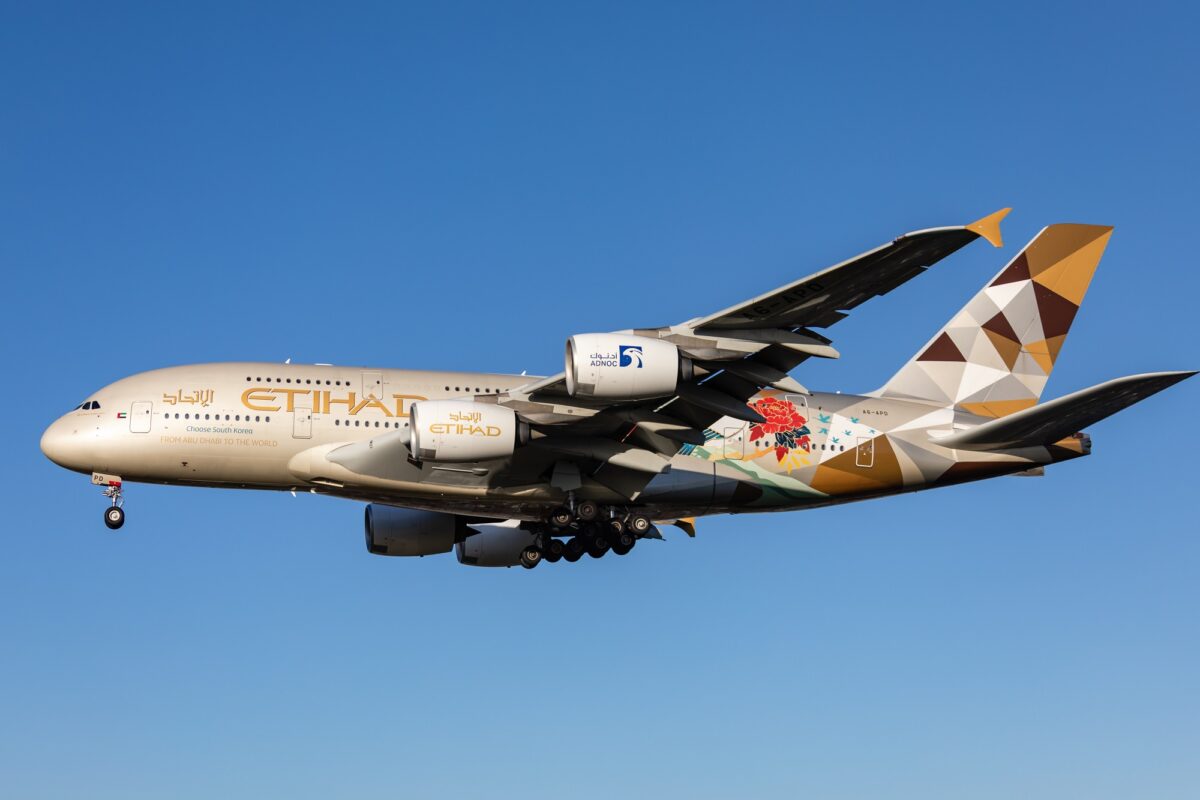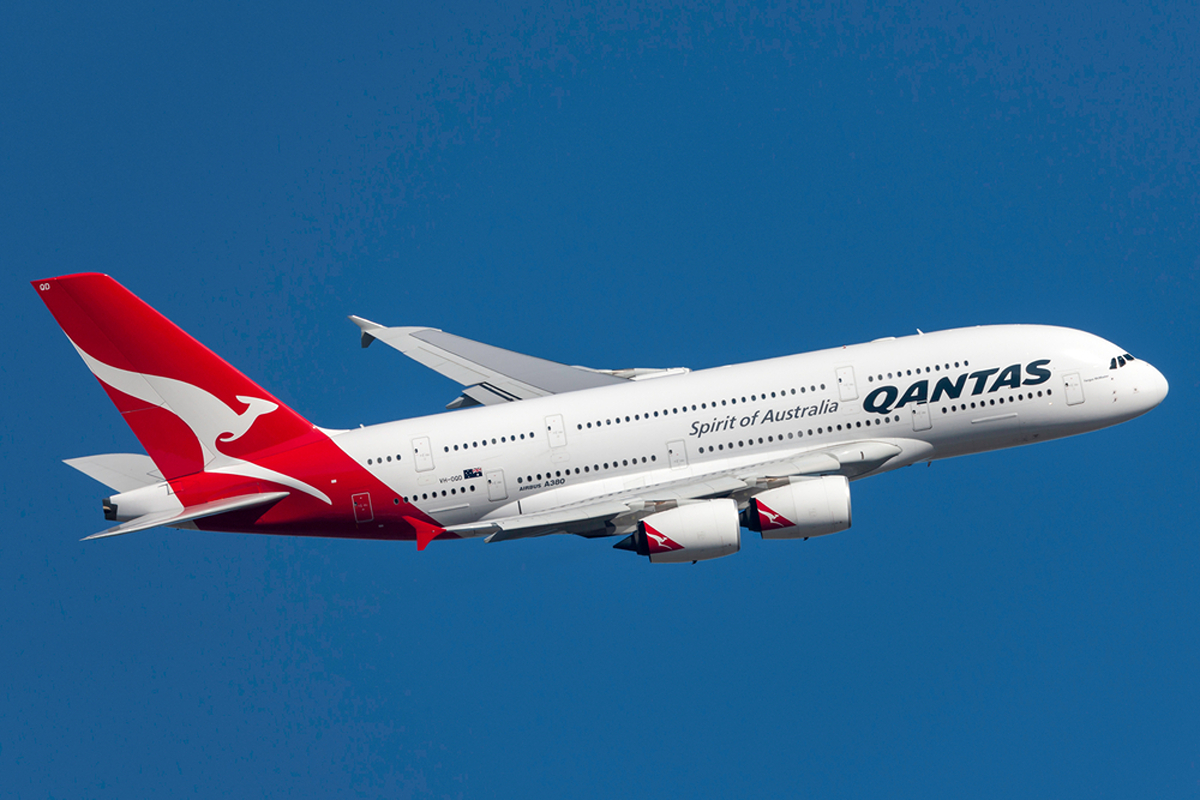On April 27, 2025, Airbus marked 20 years since the first flight of its A380 superjumbo commercial passenger aircraft. Although production of the behemoth ended in 2021, there are still around 180 aircraft in active airline service out of the 251 airframes that were completed during its production run.
April 27, 2005, was a blue-sky day in Toulouse, France, the site of the A380’s final assembly plant. At exactly 10:30, the first A380 ever produced, flight test aircraft MSN001 and appropriately registered F-WWOW, embarked on its maiden flight with the event making headlines around the globe. According to the planemaker, “The remarkable aircraft embodies Airbus’ pioneering spirit, introducing new technologies and designs that have helped Airbus to become a leading player in commercial aviation.”
“Behind the aircraft’s enduring appeal lies a catalogue of innovation that continues to influence airliner design,” adds the company. For example, the A380 represented the first time engineers had used a full Digital Mock Up (DMU) to design an aircraft, setting a precedent. The A380 incorporated components made from carbon fibre reinforced plastic (CFRP), opening the way for their large-scale adoption on the later introduced A350, the flagship of Airbus’ new long-haul range of aircraft.
While the A380 suffered heavily during the COVID-19 pandemic of 2019-21, with several leading airlines permanently withdrawing the type from service (including Air France, THAI Airways, and Malaysia Airlines), others returned their aircraft to service from storage, with Emirates in Dubai being the world’s leading operator of the type, with 93 of its 113 aircraft flying regularly. Indeed, there is one newcomer, Global Airlines in the UK, that is proposing to launch regular transatlantic passenger flights with the type at some point in the future.
Over 380 patents (this number being purely coincidental) were registered during the aircraft’s design, ranging from noise-reducing acoustic panelling in the passenger cabin to weight-saving, safety-improving hydraulic systems. Both went on to become the norm in aircraft design and production. The A350’s Trent XWB engine even flew for the first time under the wing of an A380 flight test aircraft.
Indeed, the innovation that kicked off with the introduction of the A380 continues to this day. As recently reported by Aerotime, aircraft MSN001 has recently returned to flying, serving as a testbed for continuous improvement, and to “enhance the highest standards of safety and reliability,” according to Airbus. “This brings the A380 as close as possible to the A350’s state-of-the-art systems, adding value for operators of the two types,” the company adds.
MSN001 kicked off a new flight campaign in March 2025, when it took to the skies for the first time in three years. The new campaign will support certification of all the latest developments that will keep the in-service fleet of A380s flying for longer, the company hopes.
Moreover, two decades after its maiden flight, Airbus has selected the A380 as its future propulsion systems flight demonstrator. The aircraft’s ground clearance offers seamless large engine integration, while its four engines and flight performance make it an ideal platform to explore novel propulsion technologies.
Data gathered from the campaign will serve to assess the definition of a next-generation single-aisle Airbus aircraft, as well as to prepare teams from across the company for its launch.
The future for the A380
The introduction of the A380 into service enabled Airbus to offer a full range of commercial aircraft that catered to every market segment. It also strengthened the company’s competitive position as one of the world’s largest aircraft manufacturers.
The aircraft’s high-ceilinged, wide, and quiet double-deck cabins continue to offer passengers a unique experience in what is now (almost) the only wide-scale four-engine widebody in regular scheduled airline use, although a handful of Boeing 747-8s also remain.
Since it entered into commercial service in 2007, the A380 has flown over 800,000 flights and carried more than 300 million passengers. It is likely that with constant improvements and updates, the type will continue to turn heads at major airports around the world for many years to come.





